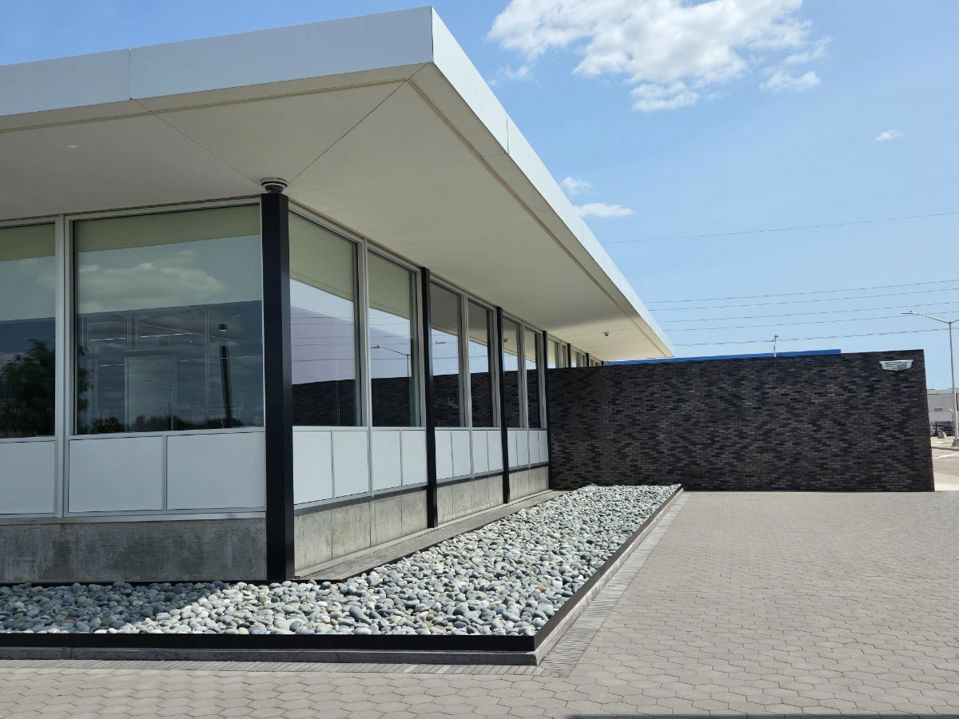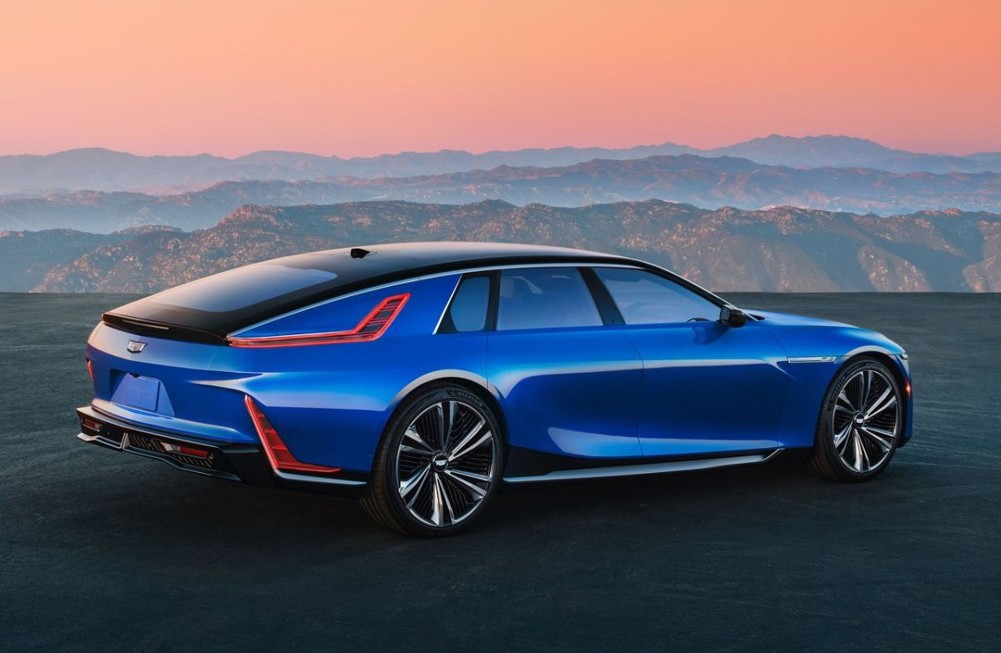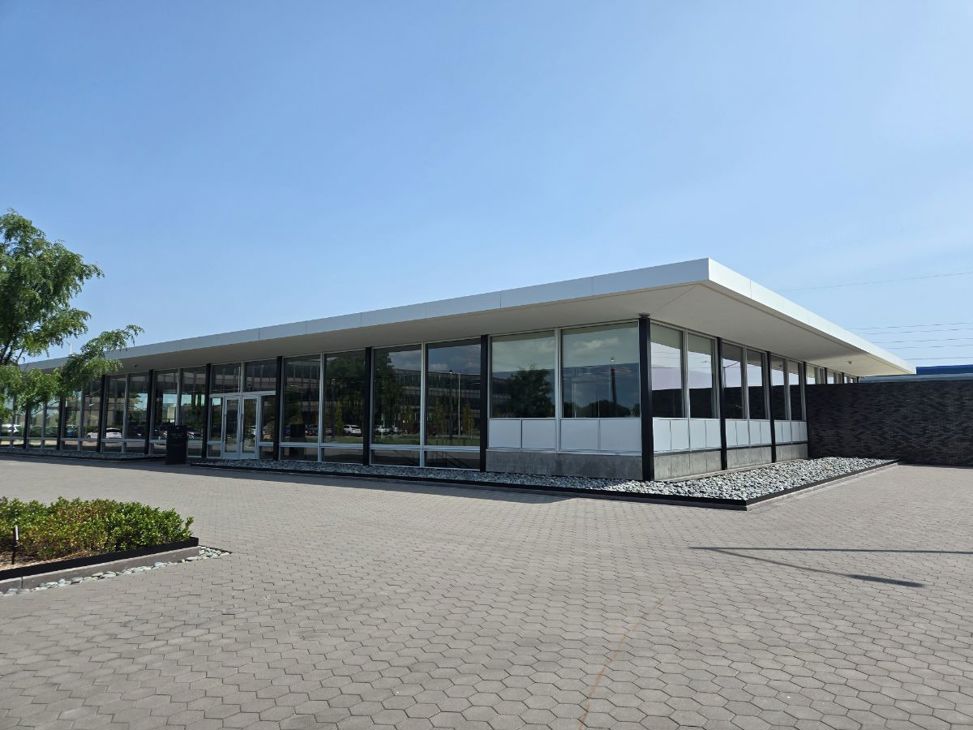Cadillac: the Rolls-Royce of cars. It’s an old joke, but bear with us. It’s relevant.

We all know Cadillac is transitioning to electric vehicles, which in turn brings a move back into factory right-hand drive for new models like Lyriq.
But the company says that transition is also a catalyst to return to its roots as “The Standard of the World”. Sound familiar?
While Rolls-Royce became known as the Best Car in the World in the 1900s thanks to extreme durability, Cadillac earned the title Standard of the World through mechanical precision and quality, after winning the Dewar Trophy in 1908.

Dewar was the ultimate automotive engineering prize at the time. Cadillac triumphed after three Model Ks were tested, disassembled and the parts mixed up; a few were also replaced with brand-new components. The company was able to reconstruct three different cars from those piles of parts and each vehicle was driven for 800km, proving the consistency and quality of Cadillac’s manufacture. Quite a feat in an age when automotive engineering was relatively... approximate.
Oh, and Dewar was actually a British award, judged in the UK. Rolls-Royce won it the year before, for long-distance driving. So Caddy conquered all in RR's back yard.

“One of the things we’ve been doing over the last eight years is bringing Cadillac back to the Standard of the World,” says executive chief engineer Brandon Vivian. “This car behind me is the exclamation point of returning to that state around the world.”
Which car? Oh, that car: the Celestiq, Cadillac’s self-proclaimed “ultra-luxury” flagship model. Based on Ultium EV technology (like Lyriq), it’s a hand-built five-door that Vivian says represents “a return to a really technical approach to manufacturing”.

Cadillac has 130 patents on Celestiq, including 56 in the body structure. The castings for the floorpan are created by the world’s largest 3D printer.
“This is what it means to be a Cadillac,” says Vivian. “You’ll see this is our whole EV portfolio. It started with this car, but the standards are applied everywhere.”

As with that other Dewar-winning brand, Cadillac offers a bespoke service to Celestiq customers. There are 352,000 different combinations, so it’s unlikely there will ever be two the same. Clients choose from 92 exterior hues, while the 10 different interior colours can be configured around seven different zones. And there’s huge scope for personalised trims and materials.
A highlight for many Celestiq clients is a visit to Cadillac House at Vanderbilt, to configure their car. It’s named after Suzanne Vanderbilt, who joined GM Design in 1955 and was one of only a handful of women working in automotive design at the time.

The building is located on campus at the General Motors Technical Center in Detroit, in one of the original buildings designed by architect Eero Saarinen for its 1956 opening; he also created the iconic Design Dome, where so many new models have been presented over the decades.
“We like to say it’s at the intersection of engineering and design,” says Cadillac director of design Erin Crossley. “Behind us you have our main engineering centre and on the other side of the lake you have our new design centre. It’s the jewel box in the centre of campus.”

Buyers have the opportunity to look at samples and colour charts at home, but Cadillac House is where they get one-on-one time to configure their vehicle. It’s not compulsory to come in person, but for many it’s a rare opportunity to come through the gates of the Technical Center to where it all happens.
“I’ve been pleasantly surprised with how many of our clients want to come here,” says Crossley. “We’ve had some who have touched down at the private airport, we send an Escalade to get them, they spend an hour or two and then go back to their plane and fly off to wherever. A number have really made that effort.”

Start price for the Celestiq is US$350,000 (NZ$560,000), but that really is just a start. A Cadillac House concierge and design team help clients work through exactly what they want.
They have the House to themselves for that time and if they get bored with the car stuff, there’s always art. One of the features of the historic building is a massive sculpture commissioned by Saarinen from Detroit-based artist Harry Bertoia: 10 metres long and three metres tall, formed by individual plaques and enamelled steel, which are coated in molten metal.

The company personalises the space for each visit, sometimes even displaying a classic Cadillac that it knows has particular significance for the client.
This is not the first Cadillac House. The company established one in New York back in 2014 when it moved its head office there, but three years later brought it all back home to Detroit. And this is a very different environment, with Celestiq at its centre.

There are no plans to establish versions of Cadillac House elsewhere in the short term, says Crossley.
And Cadillac hasn’t yet made a call on whether it will offer Celestiq in right-hand drive; it’s yet to deliver its first car, created by a team of 30 specialists nearby at the Technical Center.
But if Celestiq were to join Lyriq in the right-hand drive portfolio, buyers would surely be able to work a trip to Detroit into the budget.





















